Nuchal cord and its implications
- PMID: 29234502
- PMCID: PMC5719938
- DOI: 10.1186/s40748-017-0068-7
Nuchal cord and its implications
Abstract
Nuchal cord occurs when the umbilical cord becomes wrapped around the fetal neck 360 degrees. Nuchal cords occur in about 10-29% of fetuses and the incidence increases with advancing gestation age. Most are not associated with perinatal morbidity and mortality, but a few studies have shown that nuchal cord can affect the outcome of delivery with possible long-term effects on the infants. Nuchal cords are more likely to cause problems when the cord is tightly wrapped around the neck, with effects of a tight nuchal cord conceptually similar to strangulation. Umbilical cord compression due to tight nuchal cords may cause obstruction of blood flow in thin walled umbilical vein, while infant's blood continues to be pumped out of the baby through the thicker walled umbilical arteries causing hypovolemia, acidosis and anemia. Some of these infants have physical features secondary to tight nuchal cords that are distinct from those seen with birth asphyxia. The purpose of this article is to review the pathophysiology of tight nuchal cords and explore gaps in knowledge and research areas.
Keywords: Adult strangulation; Nuchal cords; Partial prolonged asphyxia; Tight Nuchal cord around the neck syndrome (tCAN syndrome).
Conflict of interest statement
Ethics approval and consent to participate
Not Applicable.
Consent for publication
All figures and Tables are obtained written consent.
Competing interests
The authors declare that they have no competing interests.
Publisher’s Note
Springer Nature remains neutral with regard to jurisdictional claims in published maps and institutional affiliations.
Figures

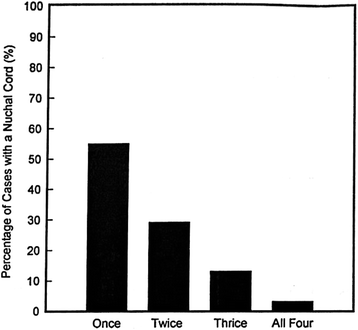


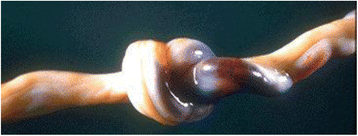
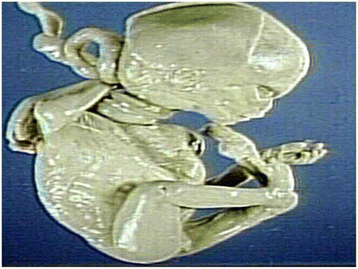
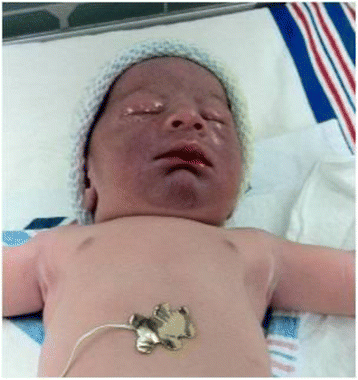
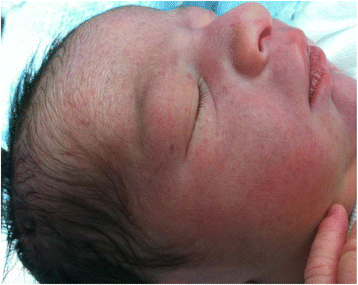
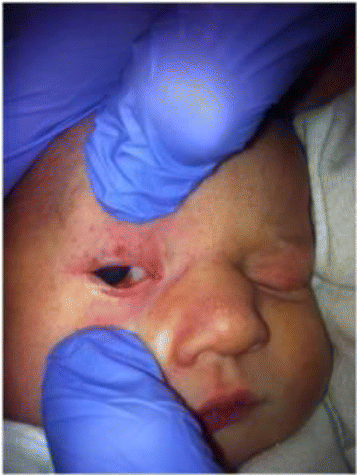
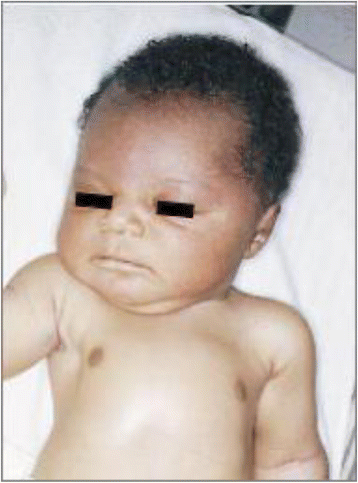
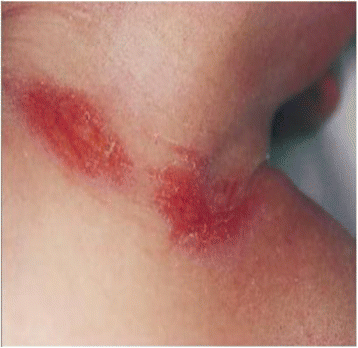
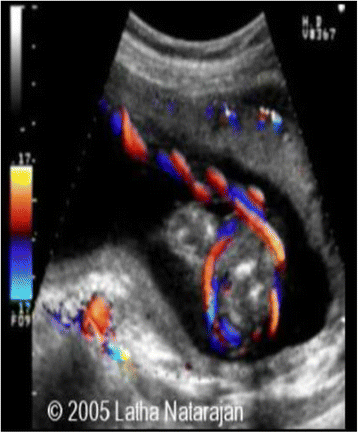
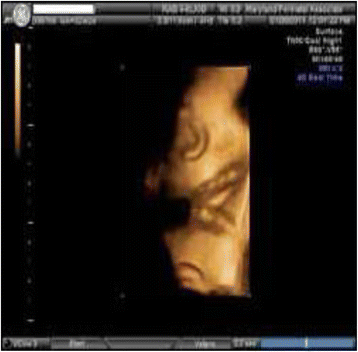
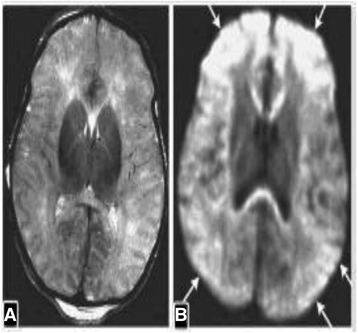
References
-
- Gould GM, Pyle WL. Prenatal anomalies. Anomalies and curiosities of medicine. New York: The Julian Press, Inc.; 1896. p. 95.
Publication types
LinkOut - more resources
Full Text Sources
Other Literature Sources

